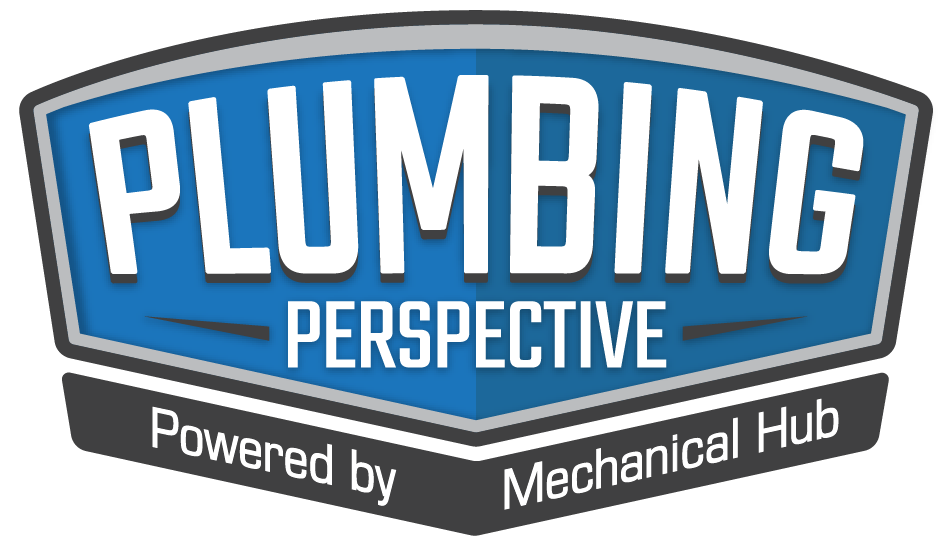Based on survey responses, the report covers how text messaging is being used in business communications today, predicts where the market is heading in the next 12 months, and explores what challenges and opportunities this creates for businesses. 70% of people say texting is the fastest way to reach them. That’s just one of the Read more
Sales
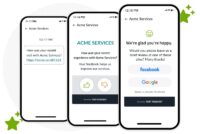
Based on survey responses, the report covers how text messaging is being used in business communications today, predicts where the market is heading in the next 12 months, and explores what challenges and opportunities this creates for businesses.
 70% of people say texting is the fastest way to reach them. That’s just one of the many findings in the 2024 State of Business Texting Report published today by Text Request, the industry-leading business messaging platform. The report, anchored in more than a thousand survey responses, details how organizations are texting with customers and employees, what trends to expect over the next calendar year, and what opportunities this creates for businesses.
70% of people say texting is the fastest way to reach them. That’s just one of the many findings in the 2024 State of Business Texting Report published today by Text Request, the industry-leading business messaging platform. The report, anchored in more than a thousand survey responses, details how organizations are texting with customers and employees, what trends to expect over the next calendar year, and what opportunities this creates for businesses.
“Rather than blasting out promotions to subscribers, which can be very effective, most organizations are using text messaging for everyday conversations and to replace phone calls,” says Text Request VP of Marketing Kenneth Burke, who led the survey and analysis. “Businesses are seeing that text is the most effective way to connect with customers and employees quickly and get a response, so they’re taking advantage of that opportunity for everyone’s benefit.”
Significant findings in the 2024 State of Business Texting Report include:
- 74% of people read every text they get
- 54% of organizations say text message is the most effective channel for getting a response
- 75% of organizations are texting for customer service
- 87% of consumers want to receive texts about appointment scheduling and reminders
- 66% of people get 20 or fewer texts per day—far less than the average email count of 156—making text a great way to stand out in communications
“If you’re going to reach someone quickly, you’ve got to text them,” says Text Request CEO Brian Elrod. “That’s something we’ve all felt, and this data supports that experience. Think about how helpful it is to be able to reach everyone immediately, and get a response. You can get twice as much done in half the time, cut costs, and increase revenue. That’s the trifecta.”
The report goes on to show how this data can be applied throughout organizations for customer service, sales, marketing, hiring, and more. To view the complete report, go to: https://www.textrequest.com/ebooks/state-of-business-texting-2024

One of the biggest things a home service professional needs when it comes to growing their business is great customer service. And that is where more and better sales will happen. Happy customers, when it comes to home services, are repeat customers. But what else can you do to sell more? First Impression No matter Read more
One of the biggest things a home service professional needs when it comes to growing their business is great customer service. And that is where more and better sales will happen. Happy customers, when it comes to home services, are repeat customers. But what else can you do to sell more?

First Impression
No matter what the circumstances, a first impression matters. But when you are a home service provider, you need to be extra vigilant. Why? Because as a plumber, you are entering someone’s private space – as a stranger.
It is your job to put them instantly at ease; being friendly and positive is essential. Since you never know what state the house or the person is in, being nonjudgmental and focusing on the job is necessary. Use your name to introduce yourself, and quickly find some common ground – the weather is often the easiest to use.
Value
When you are focused only on the upsell and increasing profits, you’re not likely to see a huge improvement. If, however, you approach it from a ‘what is value to this customer?’, things change; instead of trying to sell them the most expensive one, as them what they need and opt for the best value, often, customers will want regular maintenance, repairs, and more when they understand how it benefits them and the value it offers.
Additional services are where your skills as a plumber shine; most customers can’t do what you do – and in some cases, they don’t even understand it. Show them the issue and explain the solution. These issues could be anything from corrosion, leaks, old heaters, bad pipes, and more.
Training
Confidence is key when it comes to selling more services and products, and often, that takes some dedicated sales training. A sales training LMS can be used by the entire company, no matter how big or small, to ensure that everyone gets the same training and understands what matters most to the customer.
Clarity
Customers need the information they receive to be clear and effective. That means that saying it might cost X and it could take Y will feel uncertain to them. Using language that makes sense to your customer is important.
Transparency is essential; if you can go through a pricing structure and give them a strong suggestion of how long it will take, they will feel more secure in your services. You can tell them what the scope of the work is so that they are prepared for any mess, the time, and the cost in advance of agreeing to any work.
Other Services
Depending on the company you work for, or if you own your own company, you can talk about other services that they will need. Weave the different services into the conversation, or be bolder and suggest them and why they are beneficial. Many customers would prefer to have a single company or person do other jobs in the home once a rapport is made.
Getting calls in the first place usually comes from using these online techniques: Top 9 Most Effective SEO Strategies for Business – Mechanical Hub | News, Product Reviews, Videos, and Resources for today’s contractors. So, a combination of in-person sales and excellent online management is a must to truly see an increase in profits.

Arrow Fastener, the leader in manual, electric and cordless fastening tools, and manufacturer of the world’s best-selling staple gun, the T50®, announced today it has promoted Justin Sumner to vice president, sales. In his new position, Sumner will oversee and manage all aspects of sales function for Arrow, including distribution and channel strategy, market competitiveness Read more
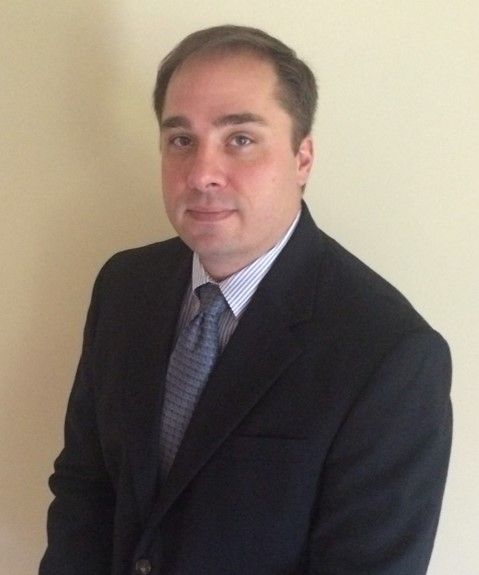 Arrow Fastener, the leader in manual, electric and cordless fastening tools, and manufacturer of the world’s best-selling staple gun, the T50®, announced today it has promoted Justin Sumner to vice president, sales.
Arrow Fastener, the leader in manual, electric and cordless fastening tools, and manufacturer of the world’s best-selling staple gun, the T50®, announced today it has promoted Justin Sumner to vice president, sales.
In his new position, Sumner will oversee and manage all aspects of sales function for Arrow, including distribution and channel strategy, market competitiveness, pricing and compensation. He will report to chief operating officer, Roberto Izaguirre, and will provide support and strategic direction to the sales team in order to meet the company’s customer acquisition and revenue goals. Prior to moving into his new role, Sumner served as director, North American and Canadian sales at the company.
“As Arrow continues down a path of growth and expansion, it is crucial we have the necessary talent in place to lead the charge and sustain long-term success,” said Roberto Izaguirre, COO, Arrow Fastener Company, LLC. “We’re proud to celebrate Justin as he moves into this leadership role, further strengthening both our national and international sales strategies.”
Before joining Arrow in 2014, Sumner worked at Ohio-based ClosetMaid, a worldwide leader in home storage and organization, as national account manager. Sumner graduated from Troy University with a bachelor’s degree in marketing.
For more information on Arrow Fastener, visit www.arrowfastener.com.
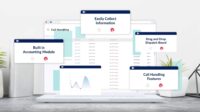
Cloud Hosting, Intuitive Interface and Complete End-To-End Business Analytics for HVAC, Electrical and Plumbing Professionals Successware, a business management software company for the home service industry has introduced its new state-of-the-art platform based on next-generation technology. Available now, the upgraded platform boasts a simpler, more intuitive interface, data-driven features and secure cloud-based hosting. Professionals in the HVAC, electrical Read more
Cloud Hosting, Intuitive Interface and Complete End-To-End Business Analytics for HVAC, Electrical and Plumbing Professionals
Successware, a business management software company for the home service industry has introduced its new state-of-the-art platform based on next-generation technology. Available now, the upgraded platform boasts a simpler, more intuitive interface, data-driven features and secure cloud-based hosting. Professionals in the HVAC, electrical and plumbing industries are now able to access a complete end-to-end business management solution with mobile application that makes day-to-day operations streamlined and efficient.

For over two decades, the Successware® Classic software platform has been helping customers in the trade industry manage and grow their businesses. When developing the new platform, Successware was able to build upon the popular functionalities of the Successware® Classic software while adding enhanced features that elevate the user experience and offer the most comprehensive functionality in business management software on the market. Updated features include:
- Analytics-Driven Reporting Dashboard: The analytics-driven reporting dashboard allows clients to see key performance indicators and advanced data analytics at a glance. This tool shows total revenue, gross margin, cost of goods sold and more in one convenient location, giving users access to essential business data to help them drive decision making.
- Call Handling: The call handling screen is now more intuitive and allows users to collect customer information to help schedule jobs more easily. The call handling screen automatically updates scripts and available appointment time slots with the time slot capacity management feature as job information is entered, such as call reason, job class and job type.
- Dispatch Assistant: The brand-new dispatch assistant makes it easy to assign technicians to jobs with a drag and drop feature. Users are able to see who is available for the job, the technician’s skill set and travel distance between job sites.
- Cloud-Hosted: Hosted in the cloud, the new platform gives businesses the benefits of increased uptime and security, scalability, data backup and disaster recovery, freedom to work anywhere and more.
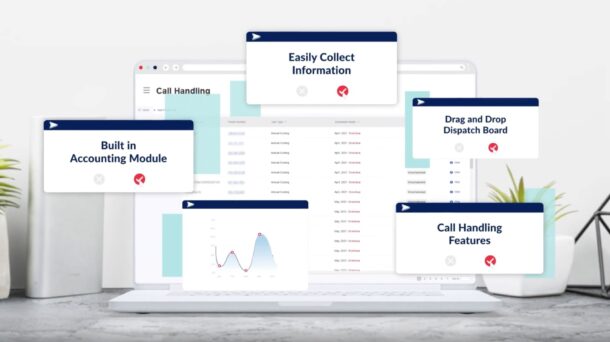
“We have fostered trusted relationships with our customers over the past 20 years and have been carefully listening to their feedback every step of the way,” said Rohit Change, Chief Operating Officer of Authority Brands. “The new platform launch is a culmination of that insight combined with ground-breaking technology to help trade professionals take their businesses to the next level with advanced analytics, a fully integrated communications platform with voice, text, and email and many additional marketing tools. We know our dedicated users will find this feature-rich platform to be an essential tool in their business management and look forward to helping them streamline their operations through our best-in-class customer service for years to come.”
Like the Successware® Classic software, the new platform provides all-in-one business management solutions integrated with its mobile application. In addition, Successware’s back-office software still offers a full suite of features such as sales and marketing, field tools, contactless payments, integrated accounting, online learning, omni-channel communications and more.

The plumbing industry has grown steadily by 2.1% since 2017. This makes it one of the most actively growing industries in the US. By January 2022, there were 129,517 plumbing businesses operating in the US, which is likely to increase by 2023. However, running a plumbing business can be as challenging as any other establishment Read more
The plumbing industry has grown steadily by 2.1% since 2017. This makes it one of the most actively growing industries in the US. By January 2022, there were 129,517 plumbing businesses operating in the US, which is likely to increase by 2023. However, running a plumbing business can be as challenging as any other establishment. Although it has peculiar problems, some general business solutions can be applied. Here are some common problems to be aware of.

Difficulty in customer retention
Like any other entity, repeat business for plumbing works often depends on client satisfaction. When the customer is dissatisfied with the work done, the likelihood of hiring another plumbing company is higher. This makes customer retention a huge challenge for plumbing businesses. According to an IBIS World survey on this issue, three out of five customers are likely to try another plumber. It further reported that this often happens when the customer or client is unhappy with a previous job.
Indeed, it is a very competitive industry with high customer expectations. So, if you’re struggling with customer retention, perhaps, it will be worthwhile to assess your services. For example, do you frequently attract people with unbelievable discounts and offers? If that is the case, you may rather be putting potential clients off. Those unbelievable discounts may be interpreted as sub-standard service. Furthermore, do you have hidden charges only known to the customer after the job is done? Once again, if you answered in the affirmative, it may be time to review that strategy. Many things often account for why your plumbing business cannot retain customers. However, when you identify those loopholes, things could turn around for the better.
Problems with pay systems
A fundbox.com survey stated that 50% of plumbers face cash flow problems. This, however, applies mostly to licensed freelance plumbers as those who work as employees for companies often do not experience this problem. It is even worse for plumbing businesses with multiple branches in different locations. It takes a lot of effective management skills to handle so many workers in different locations. Without it, your business may struggle with making timely payments, among other things. You will need an effective payroll system to avoid any delays. Moreover, because many plumbing companies pay their workers on a commission basis, this is necessary.
Non-existent or poor target marketing
First of all, it’s already been established that the plumbing sector is highly competitive. For whatever reason, it’s been discovered that some plumbing businesses fail to work on effective marketing. The truth here is that people do not seek information about plumbing businesses until they’re in dire need of one. However, if your target marketing is done right, you will have clients calling for routine plumbing checks.
Target marketing involves studying the demographic of your business’ location. If it is mainly a residential area, your marketing can focus on homeowners living in really old properties. The reason is that old houses often have hidden plumbing issues usually discovered when things get out of hand. By positioning your business as the go-to plumber, you increase your business’s chances of receiving more calls for old home jobs.
With proper planning and effective strategies, most of these problems can be avoided in your plumbing business. No business operates without glitches. However, what you do to avoid or minimize them can influence your success.
